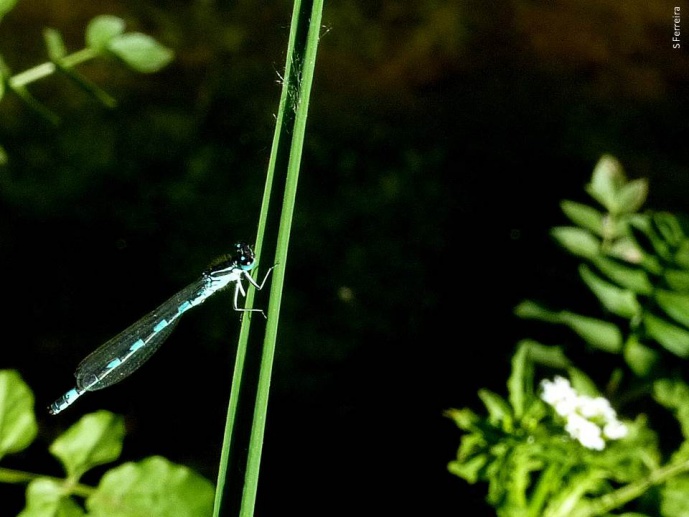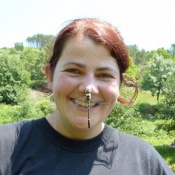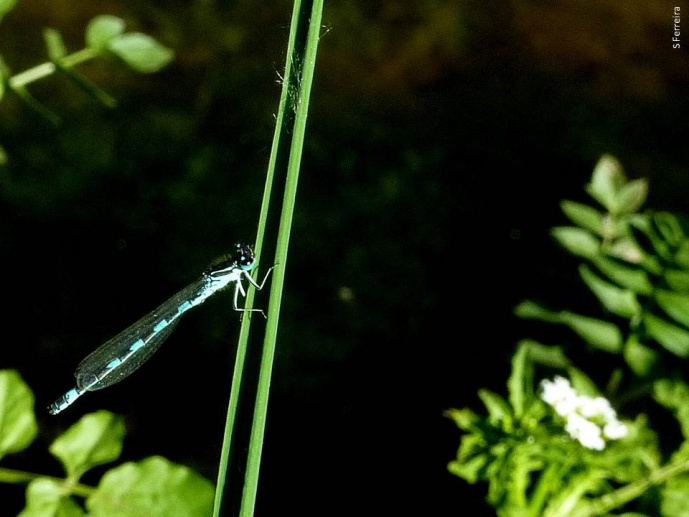Coenagrion mercuriale: distribución, diversidad genética y estado de conservación
Coenagrion mercuriale: Distribution, genetic diversity and conservation status.
This project is dedicated to the study of the distribution, genetic diversity and conservation status of key model dragonfly: Coenagrion mercuriale (Charpentier, 1840), which is classified by IUCN as Near Threatened (NT) in Europe and in the World, and as Endangered (EN) in North Africa. In general this species is threatened by habitat destruction, but is outside the core populations in France, Iberia and North Morocco that is facing severe population decline. Population dynamics of this species and the factors that affect gene flow and genetic diversity have been well studied in the northern edge of range (ie, where the distribution is limited by low temperatures), as in the United Kingdom. The low dispersal capacity and its dependence on the maintenance of traditional agricultural practices make this species highly vulnerable to genetic erosion and local extinctions. This southwest Palearctic species has, at the southern limit of the range, fragmented populations in Morocco and is very rare in Algeria and Tunisia.
There is general concern about the persistence of populations at range margins, particularly those in low latitudes subjected to environmental warming, and quantification of spatial patterns of genetic diversity and structure of African marginal populations of C. mercuriale provide unique insights into the evolutionary processes in response to environmental pressures. From a broader evolutionary perspective, the origin of North African populations is unknown.
This project aims to compare the genetic diversity of northern (low temperatures) and southern (high temperature) marginal populations, to identify evolutionarily significant units (ESUs) in a phylogeographic context and to contribute for management measures for its conservation. The research will be developed through the achievement of three objectives:
1) update the knowledge of the current distribution of the species by compiling all recent observations made during field work and bibliographic observations;
2) study the spatial pattern of genetic diversity and assess the degree of genetic sub-structure for establishing evolutionarily significant different units (ESUs);
3) derive models of probability of occurrence of the different lineages of the species to identify potential suitable areas for species presence.
The conservation status of the species will be reassessed through the integration of results from these three specific objectives.


